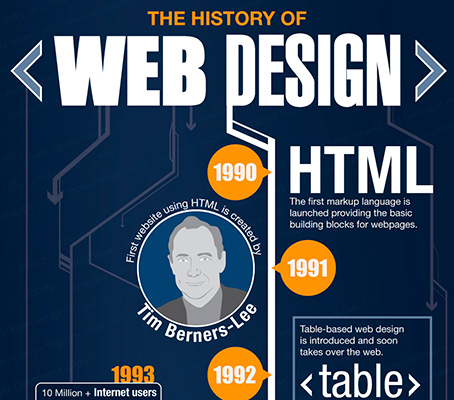Core Principles Of Internet Site Design: Recommendations For Crafting A User-Friendly Online Visibility
Core Principles Of Internet Site Design: Recommendations For Crafting A User-Friendly Online Visibility
Blog Article
Post Developed By-Abildtrup Bak
When it involves internet site layout, ensuring user-friendliness is key. From receptive style to structured navigation, every component plays a critical role in developing a website that deals with your audience's requirements. However what regarding the better information that can make or damage a user's browsing experience? Remain tuned as we discover some often-overlooked tips that can raise your website's use to the next level, making it really stand apart in the digital landscape.
Importance of Responsive Layout
Responsive layout is a vital aspect of modern web site growth. Read This method is responsive means that it can adjust to various display dimensions and devices, giving a seamless experience for customers.
With ada website compliance law increasing use smartphones and tablets to access the net, having a responsive style is necessary for reaching a wider audience. It aids in enhancing user experience by making your web site very easy to navigate and read on any type of gadget.
Furthermore, receptive layout can positively influence your internet search engine positions, as internet search engine like Google prioritize mobile-friendly web sites. By having a receptive layout, you're additionally future-proofing your web site, as brand-new gadgets with differing display sizes continue to emerge.
Simplify Navigating Framework
To boost individual experience and help with simple access to details on your internet site, enhancing the navigating structure is critical. When making your website, concentrate on producing a clear and user-friendly navigating food selection that assists visitors discover what they're looking for quickly.
Limitation the variety of food selection products to the essentials, organizing associated pages with each other to avoid overwhelming individuals. Use detailed tags that plainly indicate the web content of each web page, making it simpler for users to comprehend where each web link will certainly take them.
Consider carrying out dropdown menus for subcategories to stop cluttering the primary navigation bar. In addition, include a search bar prominently on the page for individuals that favor looking for certain info.
Focus on mobile responsiveness in your navigation design to make certain simple access on all devices.
Optimize Page Load Speed
Improving web page load speed is critical for keeping visitors on your internet site. Slow-loading web pages frustrate individuals and can cause high bounce prices. To maximize https://affiliate-marketing-jobs19864.izrablog.com/31707401/seo-unleashed-your-comprehensive-source-for-enhancing-online-direct-exposure , beginning by optimizing pictures. Compress pictures without endangering quality to lower their documents dimensions.
Furthermore, allow web browser caching to keep often accessed resources in your area, speeding up load times for returning visitors. Minify CSS, JavaScript, and HTML files by removing unnecessary characters, remarks, and format, enhancing tons rate.
Take into consideration making use of a content distribution network (CDN) to disperse your web site's material throughout multiple web servers worldwide, reducing latency for users accessing your site from different areas. Lastly, limit using third-party manuscripts and plugins, as they can significantly impact load times.
Final thought
In conclusion, by including responsive style, streamlining navigating, and enhancing page tons speed, you can create an user-friendly site that appeals to a broader target market and enhances individual experience. These essential elements ensure that visitors can easily accessibility and browse your site across various tools, causing enhanced interaction and satisfaction. By concentrating on these key facets, you can construct a successful web site that keeps users coming back for even more.
